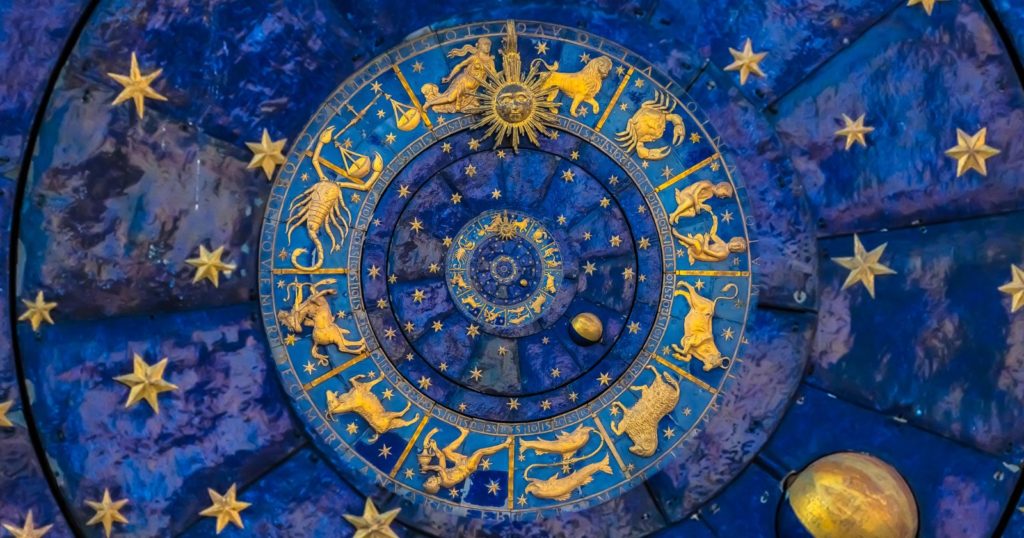Astro charts, often known as star charts or celestial maps, are the gateways to understanding the cosmos. They offer a fascinating visual representation of the night sky, mapping out constellations, galaxies, stars, and other celestial objects for both amateur stargazers and professional astronomers. This guide aims to provide a comprehensive breakdown of astro charts and their application in the exploration of the universe.
Astro charts trace their roots back to the dawn of civilization, where our ancestors looked to the stars for guidance, timekeeping, and even mythology. The practice of star mapping has evolved over the years, bolstered by scientific advancements and the growing interest in space exploration. From ancient Babylonian star catalogs to the sophisticated computer-generated charts of today, the journey of astro charts mirrors humanity’s quest for cosmic understanding.
For a novice, delving into the world of astro charts might seem overwhelming. With complex grids and alien terminology, the learning curve can be steep. But fear not, this guide is here to help you navigate the celestial waters, demystifying astro charts one step at a time.
Astro charts come in various forms and complexities. The most basic form is a planisphere, a simple, two-dimensional map that you can adjust to match the date and time. More advanced charts incorporate three-dimensional models of the cosmos and use software applications to dynamically represent celestial events.
Before you start using an astro chart, it’s crucial to understand some fundamental concepts: Right Ascension (RA) and Declination (Dec). In simple terms, these are the celestial equivalent of our earthly longitude and latitude, respectively. RA is measured in hours, minutes, and seconds, while Dec is measured in degrees, minutes, and seconds. Together, they provide a set of coordinates that can pinpoint the exact location of any celestial body in the sky.
Using an astro chart requires a little practice. Start by aligning the chart with the actual sky. Identify a few bright stars or prominent constellations and match them with the corresponding markings on your chart. As you become more familiar with the chart, you’ll start recognizing more stars and constellations, slowly painting a picture of the entire night sky in your mind.
Astro charts serve many purposes. For amateur stargazers, they provide a map to explore the night sky, track celestial events, and even spot the occasional shooting star. For more seasoned astronomers, astro charts offer a precise tool for documenting celestial bodies, studying their movements, and observing cosmic phenomena like eclipses, planetary transits, and supernovae.
Astro charts are also a great educational tool. They help students understand complex celestial concepts like star magnitudes, celestial coordinates, and the precession of equinoxes. They also instill a sense of wonder and curiosity about the cosmos, often sparking a lifelong passion for astronomy.
Astro charts are not just for stargazing; they also play a pivotal role in the field of astrology. Astrologers use these charts, more specifically called birth charts or natal charts, to predict a person’s character traits, potential, and life events based on the positions of celestial bodies at the time of their birth.
Creating an astrological chart requires precise birth data – date, time, and place. Once inputted, the chart reveals a detailed snapshot of the sky at the time of birth. This snapshot includes the position of the sun, moon, planets, and other significant points, all plotted onto a wheel divided into twelve sections, known as houses.
Each house corresponds to a specific life area, such as relationships, career, or health. The planets and signs within these houses reveal nuanced insights about the individual’s personality and destiny. For instance, if you have Venus in your 10th house (the house of career), you may be naturally inclined towards artistic or creative professions.
Like astronomy-based astro charts, reading a birth chart involves a steep learning curve. Each symbol, house, and planetary alignment carries a unique interpretation, all contributing to a comprehensive understanding of an individual’s life path.
Despite criticism from some scientific circles, astrology continues to thrive, and astro charts play a significant role in this resilience. For many, these charts offer a personal connection to the cosmos, bringing a sense of order and purpose in a world that often feels chaotic and unpredictable.
Whether you’re using astro charts for stargazing or personal insight, it’s essential to remember that these charts are tools. Your experience and knowledge shape your journey through the stars. Take the time to familiarize yourself with these charts, explore their intricacies, and let your curiosity guide you.
Navigating the cosmos may seem like a daunting task, but with an astro chart in hand, you’re well-equipped to embark on this extraordinary adventure. Remember, every astronomer and astrologer started where you are now – at the beginning, with curiosity and a desire to understand the universe a little bit better.
So, step outside on a clear night, take a deep breath, and let the astro chart guide your gaze towards the stars. And who knows, you might just find your place in the cosmos.
In the end, astro charts are more than just tools; they are mirrors reflecting our insatiable curiosity about the cosmos. They connect us with our past, present, and future, guiding us on a cosmic journey that transcends time and space. From ancient stargazers to modern astronomers, these charts have been our faithful companions, illuminating our path through the stars.
Resources from Books:
- “The Stars: A New Way to See Them” by H.A. Rey – A perfect beginner’s guide to stars and constellations, it features new maps that break down the complex star charts into more recognizable shapes.
- “Star Maps: History, Artistry, and Cartography” by Nick Kanas – An in-depth exploration of the history and artistry of star charts from ancient times to the modern era.
- “The Only Astrology Book You’ll Ever Need” by Joanna Martine Woolfolk – A comprehensive guide to astrology, including how to create and read your own astro chart.




